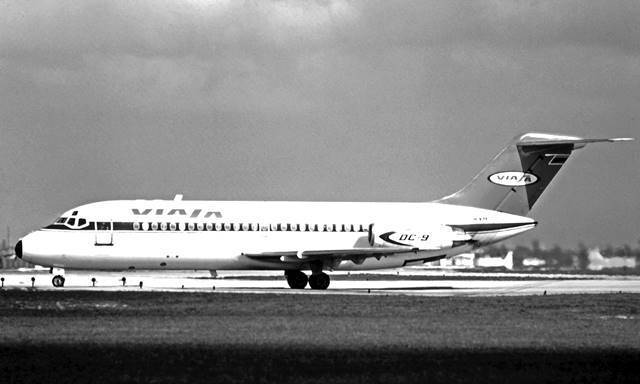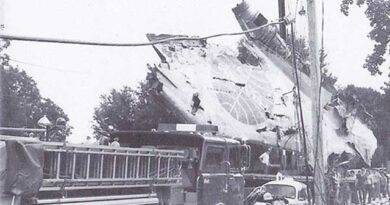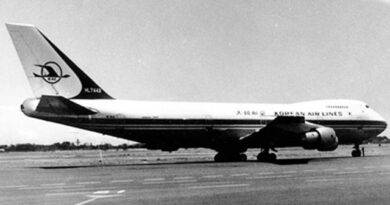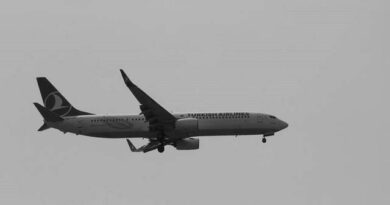Viasa Flight 742
On Sunday, March 16, 1969, Venezuela’s Maracaibo-Grano de Oro Airport (ORO) witnessed the crash of Viasa Flight 742 as it was taking off. The 84 passengers, the crew, and 71 people who were on the ground all perished. It continues to be the deadliest air crash involving a McDonnell Douglas DC-9 in history.
Viasa Flight 742 was a regularly scheduled flight that stopped in the oil-rich city of Maracaibo on its way from Caracas to Miami. A three-month-old McDonnell Douglas DC-9-32 that Viasa was renting from Avensa was the plane used for the flight.
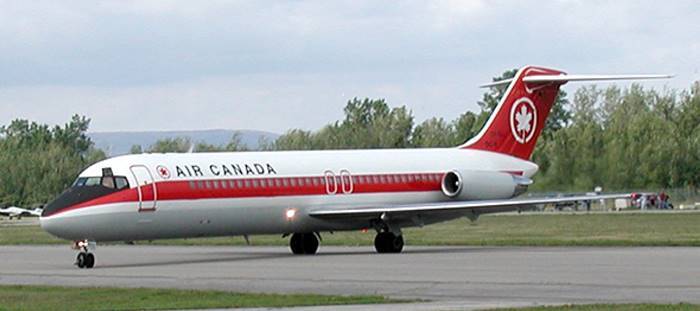
source: ingenium
What Went Wrong – How Did It Happen?
Harry Gibson and Emiliano Savelli Maldonado, two captains, flew the aircraft during the first leg of the trip. There were 42 passengers and ten crew members on board with the two captains. Captain Gibson bid farewell and turned over control of the aircraft to Captain Maldonado when the plane touched down in Maracaibo at 10:30 a.m.
With 25 years of flying experience and countless hours in the air, Captain Maldonado was a highly skilled pilot. He also served as Avensa’s Chief of Operations, and the other pilots at the airline held him in the highest regard. First Officer Jose Gregorio Rodriguez Silva traveled to Miami International Airport with Captain Maldonado on the second leg of the trip.
The plane fueled up with 26,000 pounds of jet fuel while it was in Maracaibo, and 27 more people boarded it for the flight to Miami. The plane struggled to take off, climbing only a few yards above the ground as it sped up as it hurtled down the runway for takeoff. As it began to bank to the right, the plane slammed into a utility pole before crashing into Maracaibo’s densely populated La Trinidad neighborhood.
The airplane struggled to climb during takeoff from Grano de Oro airport in Maracaibo, and as a result, the left wing collided with several obstructions, including a power-line post, just on the other side of the airport fence. Witnesses claimed to have seen a fire on the left engine just before the plane crashed, which was probably caused by fuel ingesting from the left wing’s ruptured fuel tank. The swiftly moving plane violently rolled to the left before crashing on top of the heavily populated La Trinidad neighborhood. In all, 155 people perished—84 inside the aircraft (including 10 crew members) and an additional 71 outside. In terms of the quantity of fatalities, it was at the time the worst aviation accident.
Swiss Cheese Model – Aviation Safety
Investigators found that a number of things caused Viasa Flight 742 to crash. Captain Maldonado entered the runway short, giving the aircraft 1,312 feet less runway to work with than if he had taxied to the end of the runway for takeoff.
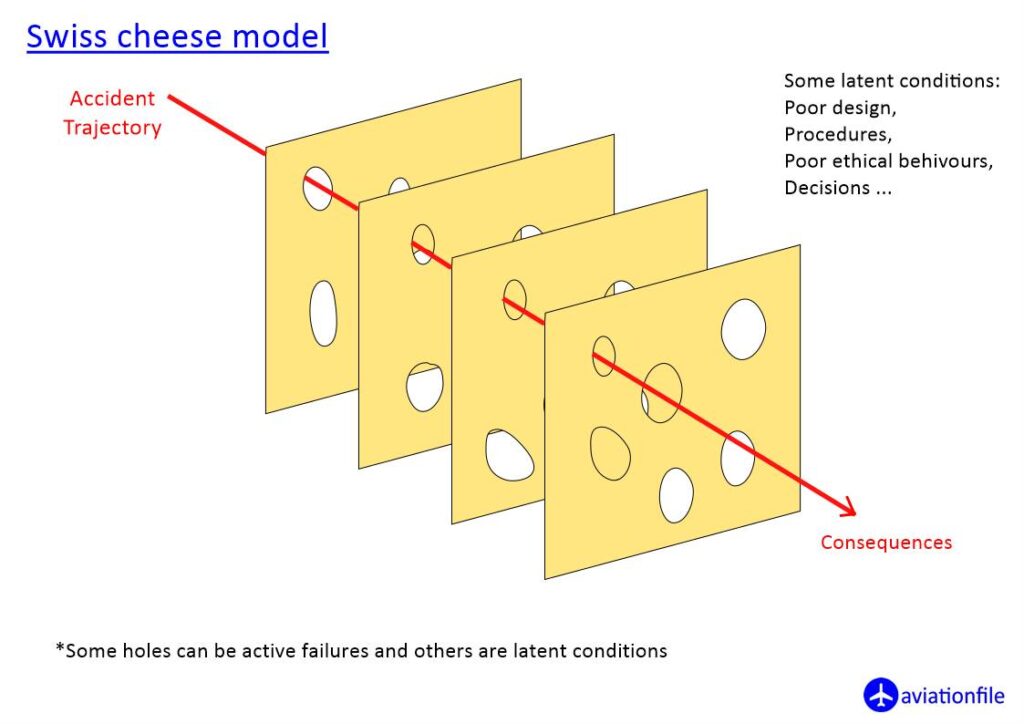
On the other hand, Viasa Captain Luis E. Caas claims in his autobiography that the airline asked him to address the congress regarding the accident. According to his presentation, the crew agreed to take on 90,000 pounds even though the maximum takeoff weight was 72,000 pounds at the known temperature of 38 degrees Celsius.
The airport was shut down two days after the crash, according to Venezuela’s minister of public works, who blamed the disaster in part on the length of the runway. Despite being a public airport since 1929, it was decided that having an airport in a place with such a high population density was unsafe. La Chinita International Airport (MAR), which opened on November 16, 1969, is now Maracaibo’s primary airport.
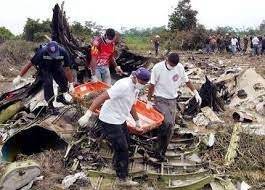
Official Flight Incident Report
After deep investigation by several officials, the investigation committee published a report that mentioned several reasons for the cause of the crash. Below, there is a part of the report that gives brief information about the crash:
“The cause of the crash was attributed to faulty sensors along the runway and take-off calculations made from erroneous information, which resulted in an aircraft being overloaded by more than 5,000 pounds for the prevailing conditions. Only two days after the crash, Venezuela’s Public Works Minister ascribed runway length as a contributing factor in the disaster.”
Flight 742 was the first loss of a DC-9-30, and it remains the deadliest accident involving that type of aircraft. It was also the deadliest accident in Venezuela until West Caribbean Airways Flight 708 (operated by a McDonnell Douglas MD-80, the DC-9’s successor aircraft) crashed over thirty-six years later. At the time, the crash was the world’s deadliest civil air disaster. The fatality total was surpassed in 1971 by All Nippon Airways Flight 58, which killed 162 people after colliding with an F-86 fighter jet. (Wikipedia)
Sources
https://en.wikipedia.org/wiki/Viasa_Flight_742
https://simpleflying.com/viasa-flight-742-douglas-dc-9-deadliest-accident/
https://www.yankeevictor400.com/post/viasa-742-53rd-aniversary-of-the-grano-de-oro-disaster
